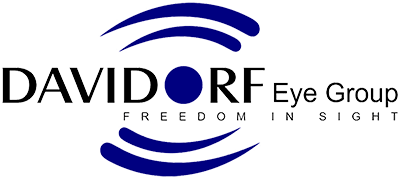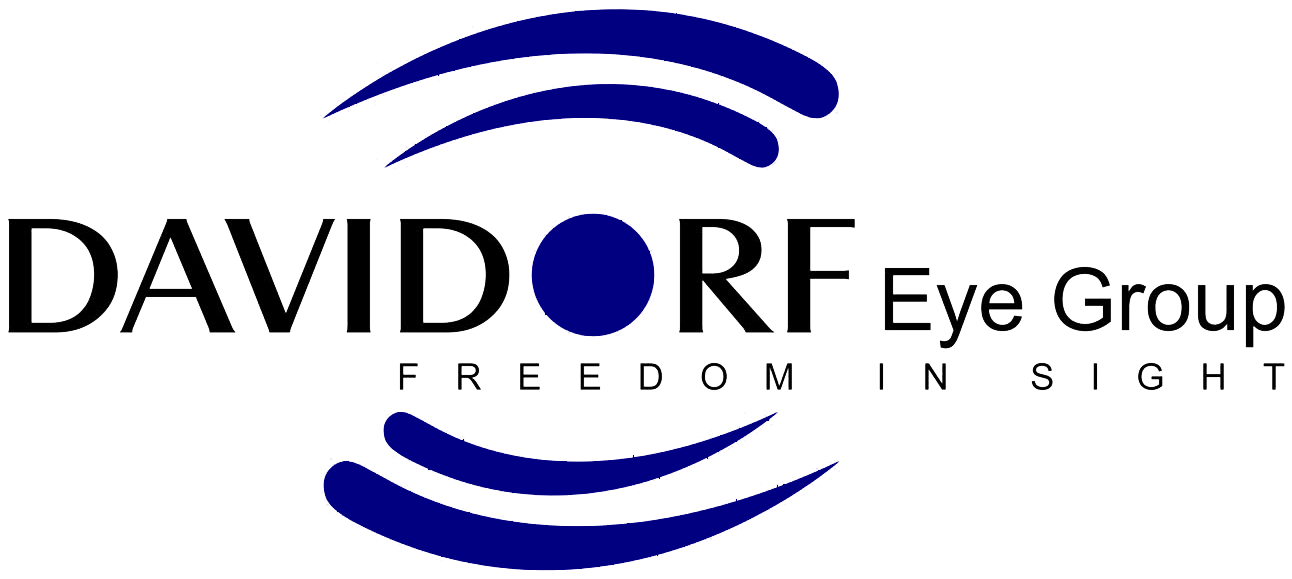Dr. Davidorf just returned from the American Society of Cataract and Refractive Surgery (ASCRS) Annual Symposium (Chicago), attended by thousands of ophthalmologists from around the world. Dr. Davidorf typically has a rather busy schedule at this meeting, delivering scientific talks/presentations, and teaching courses.
Among his presentations was a report on the functional visual outcomes of cataract surgery patients undergoing implantation with the ReSTOR multifocal lens implant. In the study, Dr. Davidorf found that the vast majority of patients treated with the ReSTOR lens rarely, if ever, needed glasses to drive, use the computer, and read. For the appropriate patient, the ReSTOR lens is an excellent option for cataract surgery patients who are seeking to minimize their dependence on spectacles after their procedure.
Dr. Davidorf also delivered a talk on his results to date with epithelium-on corneal collagen crosslinking (Epi-on CXL). Crosslinking is designed to stabilize the cornea of patients with potentially blinding, unstable corneas from conditions such as keratoconus (or from various surgeries). The goal is to obviate the need for a corneal transplant and allow patients to maintain (or gain) useful, functional vision with glasses or contact lenses. While crosslinking is the standard of care in Europe (and elsewhere), it is investigational in the United States. Dr. Davidorf is performing the crosslinking as part of a multicenter clinical trial. In his report, patients had a rather rapid return of vision, and, while Dr. Davidorf emphasized that the goal of treatment is stabilization of the affected corneas, there were distinct tendencies toward visual improvement as well.
Dr. Davidorf’s course, New and Emerging Technologies in Cataract and Refractive Surgery again highlighted rather interesting and unique investigational and newly FDA approved surgical devices and techniques. Dr. Davidorf assembled a panel of renowned eye surgeons from across the US (and Canada) who presented novel approaches to glaucoma surgery, femtosecond assisted laser cataract surgery, corneal transplantation, and astigmatism surgery. Updates on not-yet-FDA-approved lens implants (astigmatism correcting Crystalens, a new small incision lens to correct high levels of nearsightedness, and a light adjustable lens) were also provided.
“Once again,” said Dr. Davidorf,”our incredibly insightful and clever group of speakers made the course a great success, and the participation from the attendees was most appreciated. It’s a true pleasure to work with such innovative minds.”
In his presentation,”The Impact of Capsulorhexis Morphology on Intraocular Lens Implant Power Calculation Predictability”, Dr. Davidorf provided supporting data to dispel some commonly held misperceptions regarding cataract surgery. “As cataract surgeons, we are eagerly striving to provide our patients with the best possible vision for the rest of their lives. With that goal in mind, it’s important that we identify those factors that do (and do not) impact our outcomes.”
Dr. Douglas Koch, this year’s recipient of the prestigious Innovator’s Award, moderated the session.



